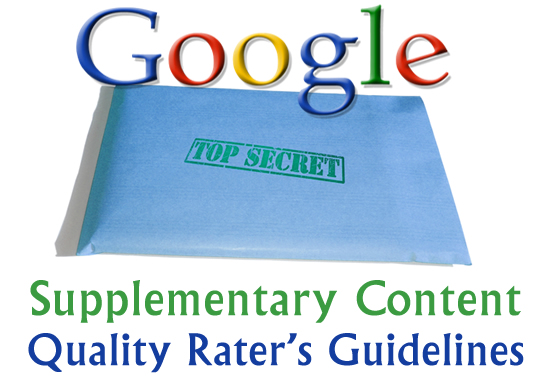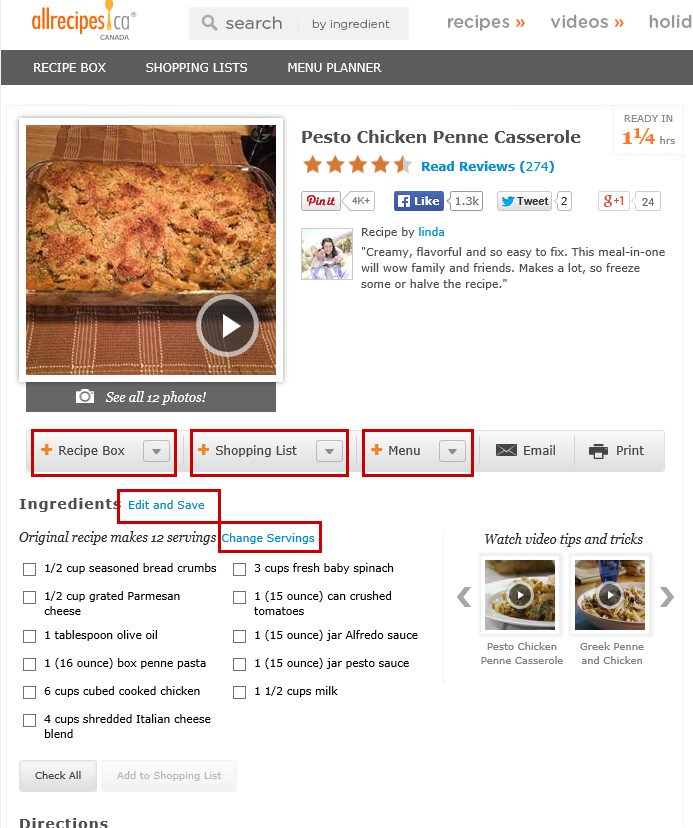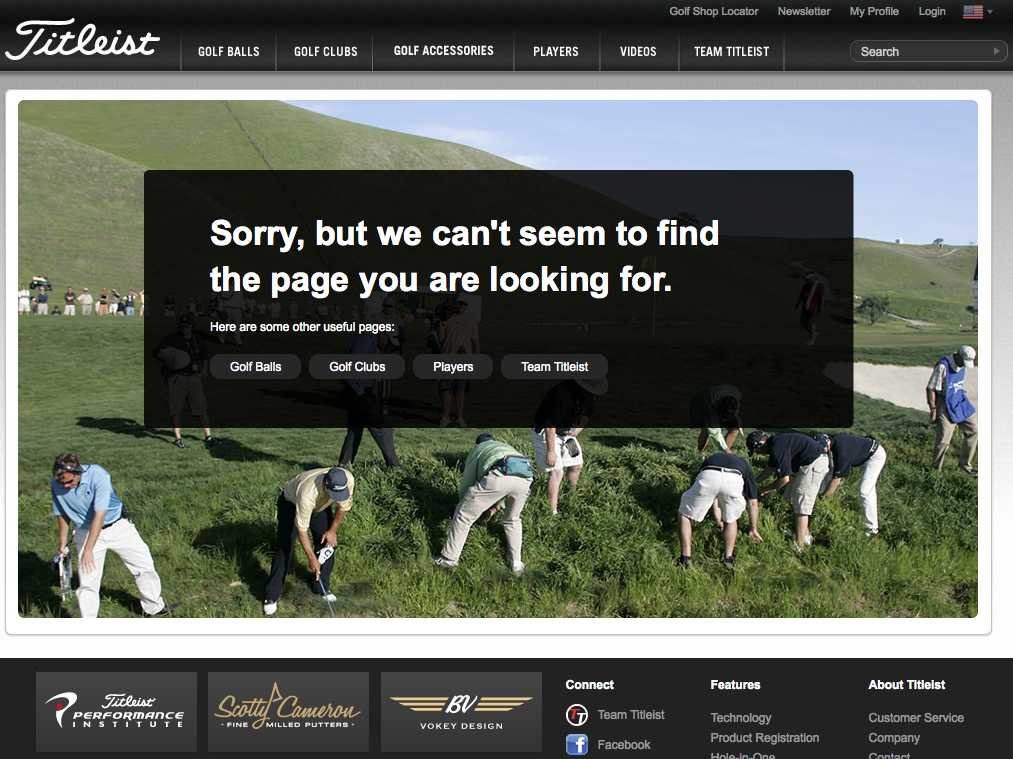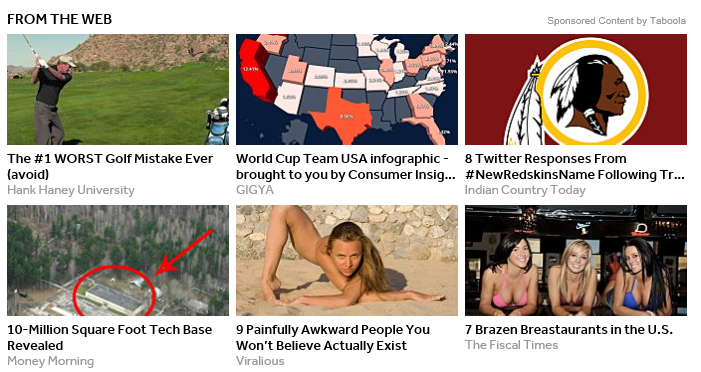There’s been a lot of speculation about the Supplementary Content that Google refers to extensively in their new Google Quality Rater’s Guidelines that the company recently rewrote. One of the things they want raters to check for is whether or not there’s helpful Supplementary Content that enhances a webpage, and ensuring there’s no Supplementary Content , such as obtrusive or distracting ads, that hinders the webpage.
Google goes into quite a significant detail about Supplementary Content, and it’s clear that this is an area that Google is putting a lot of weight in for their quality raters. For SEOs, this means you are going to want to evaluate the amount of Supplementary Content you currently have and increase it if necessary while getting rid of Supplementary Content that could actually result in a Low quality rating.
Why Google Thinks Supplementary Content is Important
Google wants to drive traffic to the websites they feel give users the best overall user experience. And Google can tell if users are finding what they want on your page by if those users go and click another search result within a very short time span of visiting your site. Bottom line, Google knows if they don’t deliver the best possible set of search results that they run the risk of losing out on some of their search share to Bing, Duck Duck Go or another competitor.
While sometimes it seems impossible that Google could lose search share, don’t forget there was a lot of negative reaction to Google results when content farms with fantastically poor quality content were ruling the SERPs, and they had to react with the Panda algorithm. And Google also had to dethrone Yahoo to take the top spot in the search market share – and they did it originally because they became known as having the better search results many, many years ago.
Related Content
One of the big things that Google mentions is links to related and interesting content on a website that has many pages. Note that it’s not referring to helpful content on other sites, but more as a way to increase visibility on the site with lots of pages and to encourage users to find other similar content that user might enjoy.
These are the things that increases a person’s time on a website, and means that when Google delivered that search result originally, they searcher found more than what they were looking for.
So the big thing is related content. If you’re running a site that’s run on WordPress, there are multiple plug-ins available that will refer people to similar content on your site. Some are fancier than others, such as ones that displaying not only the article title, but thumbnails and author information, while others are simply links with the title of the article.
Recipe Sites & Their Variety of Supplementary Content
Google makes quite a few references to recipe sites and the type of helpful supplemental content they can have.
In this screenshot of this recipe from AllRecipes, it has links to save the recipe to a recipe box, add the ingredients to a shopping list, add the recipe to a menu, edit the ingredients and save it, and change the recipe from the original serving size. The recipe also has links to similar recipes, reviews, ratings and nutritional information.
Again, if it is WordPress based, there are plenty of scripts out there that offer some of these features so you can make your recipes even more helpful.
Other Types of Supplementary Content
Obviously, not all websites will have this kind of supplemental content, but it definitely can be things for other industries too. A real estate agent or mortgage broker could have a mortgage calculator or a budgeting site might have household budget calculators.
If the website showed a funny video, show similar or related videos. For example, if you have a funny cat video, show related cat videos for your visitors to click on.
404 Pages as Supplementary Content
Even your 404 page can be full of helpful supplementary content. Instead of showing “Oops, we can’t find this page,” show a funny image and add a search bar as well as links to popular sections or articles to lead them elsewhere on your site. Google has 404 error page guidelines with the list of things they expect to see on an error page to help searchers who may end up on one:
- Tell visitors clearly that the page they’re looking for can’t be found. Use language that is friendly and inviting.
- Make sure your 404 page uses the same look and feel (including navigation) as the rest of your site.
- Consider adding links to your most popular articles or posts, as well as a link to your site’s home page.
- Think about providing a way for users to report a broken link.
- No matter how beautiful and useful your custom 404 page, you probably don’t want it to appear in Google search results. In order to prevent 404 pages from being indexed by Google and other search engines, make sure that your webserver returns an actual 404 HTTP status code when a missing page is requested.
- Use the Enhance 404 widget to embed a search box on your custom 404 page and provide users with useful information to help them find the information they need.
- Use the Change of Address tool to tell Google about your site’s move.
Don’t forget though, that while a huge funny image might be amusing, if you don’t include other helpful ways to lead your visitor to more content or help them find what they are looking for, it could still be considered Low rating. Most of the “Best 404 Error Pages” lists you find out there are actually the worst from a Supplementary Content perspective, so be warned!
Here is an example of a 404 page that is both funny and useful:
Note that while it does have a pretty awesome and funny image, it also still has the full nagivation, links in the middle of the page to help lead the user to what they were looking for, a search bar and more.
If Supplementary Content is Distracting or Unhelpful
Google talks about when supplemental content can lead to a Low quality rating. They tell raters if the site has any of a list of characteristics, to give it a Low quality rating, and one of the items is “The Supplementary Content is distracting or unhelpful for the purpose of the page.”
They also say that “the page is lacking helpful supplementary content” is a reason for a Low rating, although there are some exceptions where some smaller, amateur or personal websites might lack this and still be rated a Medium or High quality rating. But it definitely seems it is more the exception it could be rated higher, than the rule.
Large Company? No Supplementary Content = Low Rating
They stress that they expect to see Supplementary Content on large companies, and if you don’t have it, quality raters should rate you accordingly.
However, we do expect websites of large companies and organizations to put a great deal of effort into creating a good user experience on their website, including having helpful Supplementary Content. For large websites, SC may be one of the primary ways that users explore the website and find Main Content, and a lack of helpful Supplementary Content on large websites with a lot of content may be a reason for a Low rating.
User Experience is Key
If and when this gets tied into the Google search algorithm, the person driving the user experience will be just as important as the SEO when it comes to ranking.
That said, there is a Q&A asked in the guidelines that asks “Are we just giving High quality ratings to pages that ‘look’ good?” And Google’s response is “No! The goal is to do the exact opposite. These steps are designed to help you analyze the page without using a superficial ‘does it look good?’ approach.
So while user experience will be key, you also need to make sure your user experience isn’t such that while it looks pretty, it isn’t practical for visitors.
Related From Around the Web
What about on the not-so-good side of supplementary content? The obvious would be things that show “related from around the web” type of posts that instead of displaying content related to the page or the site, it can show a random mix of completely unrelated stories. For example, you might be reading an article about paper training a puppy, but the related stories will be one about child actors gone bad, another about a miracle cure-all health pill, another about the anti-vaccines crusade and a last one about ultimate college girl fail GIFs, nothing that is remotely related to the content at all.
The other giveaway is that these are paid ads, which is another thing Google is wanting raters to check – if the supplementary content on a page is actually advertisements in disguise and if they are helpful. This kind of thing fails on all accounts. What’s worse is clicking on most of these won’t even take you to the content in question, but a landing page filled with dozens of these.
Here is an example from Taboola taken from Boston.com – you bet a quality rater wouldn’t consider this helpful supplementary content.
Ads Disguised as Supplementary Content
They are also asking raters to look for what appears to be navigation or supplementary content, but are really paid ads in disguise, and the website owner is trying to trick the visitor into clicking it accidentally.
Many people still believe that if it is in javascript, Google won’t see it, so why bother. But as we have seen in the page layout algorithm, this is clearly not the case. And the fact that Google is stressing Supplementary Content so much, and is wanting it to play such a huge role in the new Quality Rater’s Guidelines, that Google is clearly wanting to master this algorithmically with the results from these rating scores.
Another important thing to remember is that quality raters aren’t a bot. So they can see much more than what Googlebot sees (even though we know that what Googlebot misses is getting smaller and smaller), and they are required to run javascript and not run any kind of ad blocking software or plugins. So they will see your distracting ads or unrelated “suggested from around the web” type of supplementary content and rate you accordingly.
What SEOs Should Be Doing
Bottom line, what should SEOs be doing on the issue of Supplementary Content? You should definitely start looking at getting a “Related content” type of plugin or script to help lead visitors to other content they might find interesting from your own site. And take a careful look at things like ad placements and advertisements that could be confusing to visitors.
With Google emphasizing Supplementary Content so much, many SEOs are feeling this is one area where Google is going to try and determine whether the Supplementary Content is good or bad, and how they can determine it algorithmically, and then of course, rank accordingly. While it is only one piece of the puzzle, for SEOs looking for every possible advantage possible in the search rankings, it would definitely be worth the time to ensure you have enough Supplementary Content to meet what Google is asking their Quality Raters to look for, and avoiding the things Google says warrants a Low quality rating.
To read the full overall analysis: Google Rewrites Quality Rating Guide – What SEOs Need to Know




Meg Geddes says
Good stuff; Jen.
Jennifer Slegg says
Thanks Meg!
Steve Toth says
Great post! I’m curious to know: do you think the algorithm can detect the quality of supplementary content and use it as a ranking signal or is SC more likely to influence usage data signals and potentially impact rankings the way pogosticking does?
E,g, site A and site B have similar content, similar E-A-T, but site A has better SC, would that cause it to rank better right off the bat?
Or maybe it does both, interested to hear your take Jen.
Jennifer Slegg says
It is to a certain extend already – just do a Google search for an article title, and the those titles will pop up where it shows as a “Related article” list. Google considers nutritional information supplemental, and they even include it in rich snippet schema for recipes. Think of supplementary content as just one of the puzzle pieces… one piece alone doesn’t make a great ranking or make one site automatically rank better… there are just too many other factors to consider.
Tahir says
I love this, as now you have to have quality content on all the pages not on main pages and also good to see Google is actually rewarding webmaster for linking to good quality sources…
Holly Day says
No matter what their raters consider good I still never find what I am actually looking for on Google – unless it is a movie in streaming (that is the type of results that is accurately returned by this search engine).
Therefore I switched to Bing… they only are able to provide me the results I look for.
Blair Kuhnen says
Thanks for the in-depth look at the new guidelines. We write a lot of supplemental content to answer the questions our personas are likely to have about new homes in markets and cities across the U.S. To what extent is the placement of this supplemental content on the page important? We try to balance having it easily found above the fold vs. saving that space for clear next steps and calls to action that might appeal to the majority of users. Regards, Blair